4.4.11
Society of Environmental Graphic Design SEGD
_______
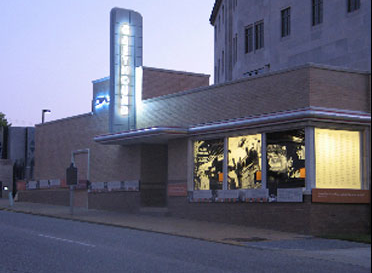

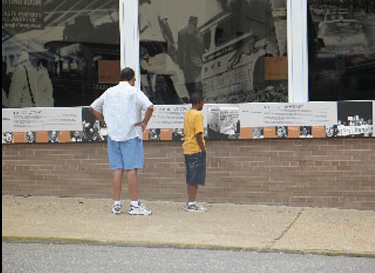
1 What is it you want the audience to learn from their experience?
2 What is the best way they are going to learn this?
3 What arifacts will support this?
Exhibition design>the effective organization of artifacts, labels, physical space, fabrication and user interaction.
_______
The Artifact
>Artifacts serve as visual memory keys that help the viewer understand and retain the "historical" information and idea in an exhibit.
>Artifacts—the objects, photographs, documents, video presentation. Good exhibition design is like writing with artifacts.
Focus on artifacts—selection, prominence and relationship.
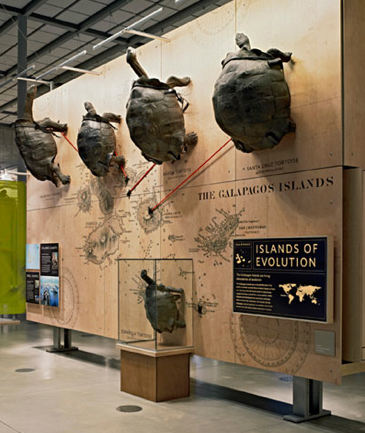
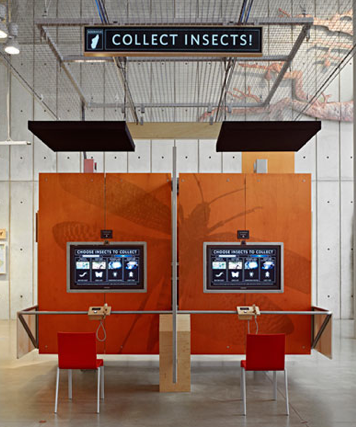
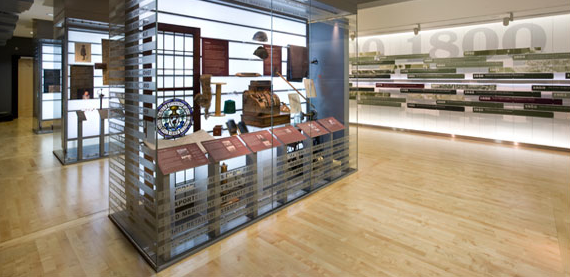
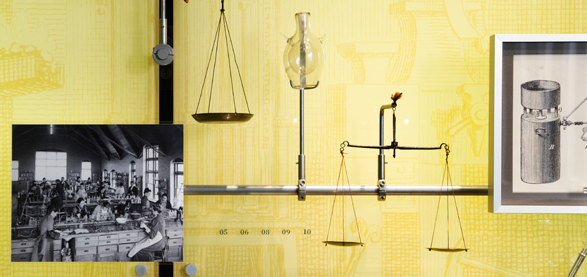
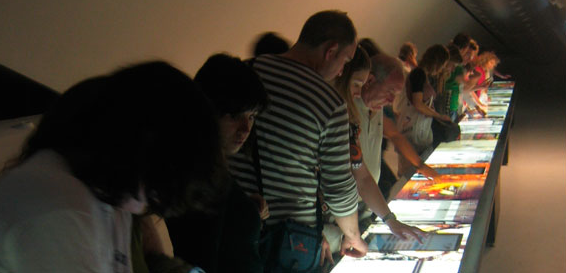
The order of the relationship helps tell the story beyond the individual artifact.
_____
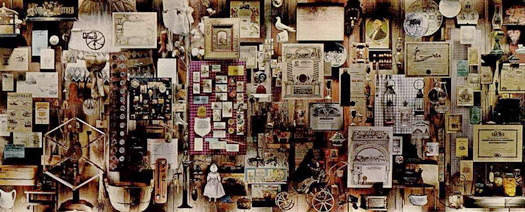
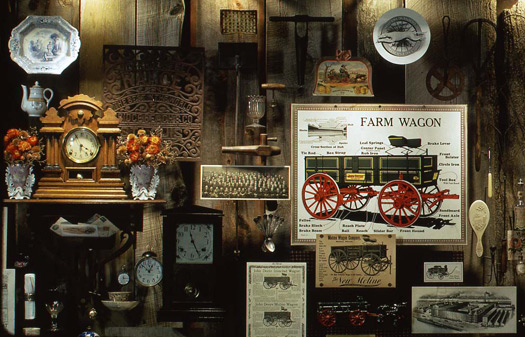
Eero Saarinen–John Deere Headquarters
Note: In the article about John Deere, in order to soften the architecture of the modern new building, they wanted to
integrate a historical timeline of the companay. Girard wanted both historical artifact, interspersed with found objects
that would enhance the narrative (ie the beehive).
"Once he’d collected a surfeit of items for the Deere project, Girard set about arranging them. Almost as impressive as
the final mural is his maquette. He tacked an eight-inch by 15-foot strip of white paper to his wall-length bulletin board
(the dimensions of Saarinen’s wall at the scale of one inch to the foot) and began to pin small, shaded pieces of paper
to it. Each shape was an abstract representation of a specific object he had in mind and he could pin and re-pin them
like so many entomological specimens. John Deere items were color-coded red, historical ephemera coded black."
As a display Girard’s mural was highly sophisticated; as an exhibit it could not have been less pretentious.
____
IBM 1964-65 Exhibit by Charles and Ray Eames
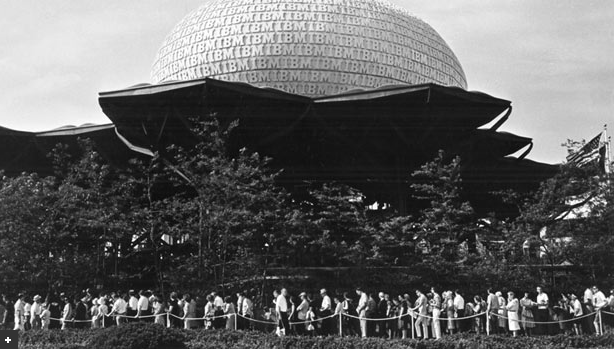
The IBM Pavilion, 1964 New York World’s Fair
The pavilion created the effect of a covered garden, with all exhibits in the open beneath a grove
of forty-five 32-foot-high, steel trees. The egg-shaped structure sitting atop the grove is a theatre
within which visitors viewed the Eameses’ film Think.
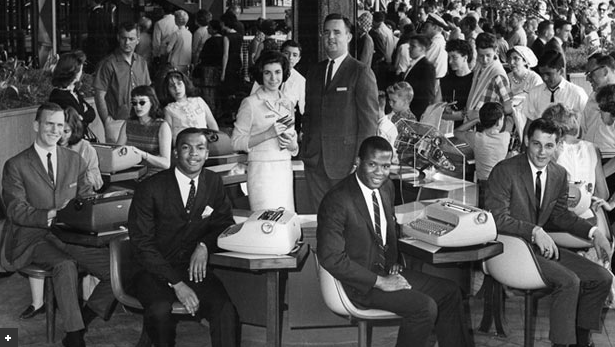
The IBM Pavilion, 1964 New York World’s Fair
At the entrance to the theater, visitors could try their hand at typing on a Selectric typewriter.

Collaboration at the fair
Charles and Ray Eames, together with Eero Saarinen, created the expansive IBM Pavilion at the
1964 New York World’s Fair, a 1.2-acre, experiential space that celebrated the potential of
science and technology to improve human life.
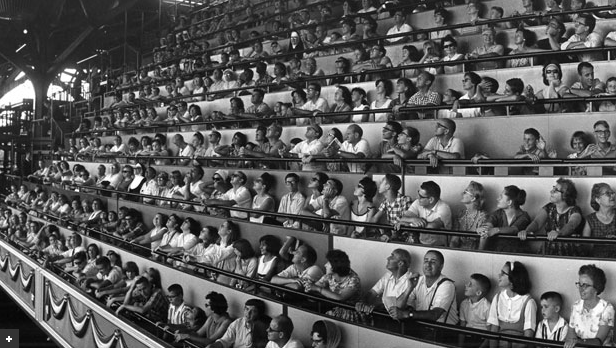
The IBM Pavilion, 1964 New York World’s Fair
The main attraction of the pavilion was the 90-foot-high egg-shaped theater that comprised the
Information Machine ride and Think film presentation. The 12-tier “people wall” shown here,
shaped and styled in the form of an enormous typewriter carriage, lifted 500 visitors at a time
up inside the theater to watch the show, which made use of 14 synchronized projectors and
nine screens.
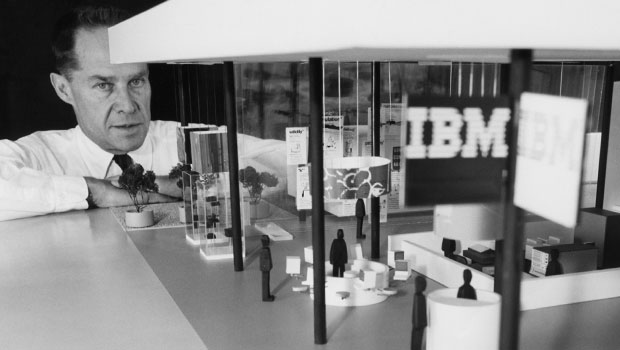
IBM at the World’s Fair
Noyes’s IBM Pavilion design for the fair four years later—the 1968 Hemisfair in San Antonio,
Texas, shown here—featured a computer that could carry on a rudimentary conversation with users.
Mathematica (first exhibit space designed by Charles and Ray Eames Office)